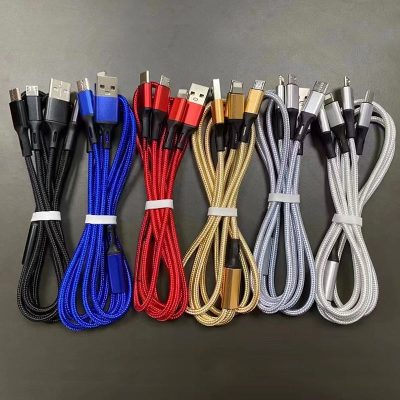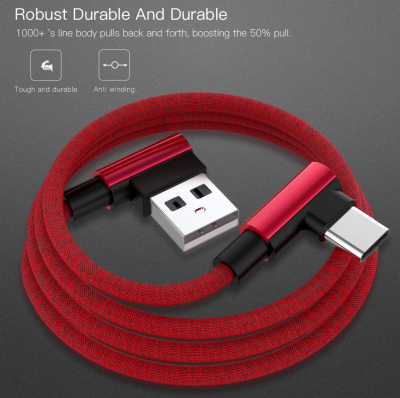When comparing USB C to A cables to determine which one is right for you, it’s important to consider several key factors, including data transfer speed, charging capabilities, build quality, and compatibility with your devices. Here’s a comprehensive guide to help you make the best choice:
1. Data Transfer Speed
- USB 2.0: Offers up to 480 Mbps transfer speed. Suitable for basic tasks like connecting peripherals (mouse, keyboard) or charging low-power devices.
- USB 3.0 (USB 3.1 Gen 1): Provides up to 5 Gbps transfer speed. Ideal for transferring large files quickly and connecting external storage devices.
- USB 3.1 Gen 2: Delivers up to 10 Gbps transfer speed. Best for high-speed data transfer needs, such as video editing or large file backups.
- USB 3.2: Offers up to 20 Gbps transfer speed, though not common in USB C to A cables. Check if this is necessary for your applications.
2. Charging Capabilities
- Standard Charging: Basic cables support up to 2.4A (12W), suitable for charging smartphones and smaller devices.
- Fast Charging: Look for cables supporting USB Power Delivery (PD) that can handle up to 5A (100W). This is essential for fast-charging laptops, tablets, and high-capacity power banks.
3. Build Quality
- Material: Cables with braided nylon exteriors or reinforced connectors tend to be more durable and resistant to wear and tear.
- Connector Quality: Gold-plated or corrosion-resistant connectors ensure better longevity and a stable connection.
4. Cable Length
- Short Cables (1-3 feet): Best for close-range connections, reducing clutter and improving signal integrity.
- Medium Cables (3-6 feet): Offer a balance between reach and performance.
- Long Cables (6+ feet): Provide extended reach but may suffer from signal degradation over longer distances.
5. Compatibility
- Device Ports: Ensure your devices have compatible USB C and USB A ports.
- Protocol Support: Verify if you need additional protocol support like DisplayPort or HDMI.
6. Brand Reputation and Certification
- Reputable Brands: Opt for cables from well-known brands with positive reviews for reliability and performance (e.g., Anker, Belkin, AmazonBasics).
- USB-IF Certification: Certified cables meet industry standards for performance and safety, ensuring they won’t damage your devices.
7. Additional Features
- LED Indicators: Some cables come with LED indicators to show charging status.
- Magnetic Connectors: For easier and more secure connections, especially useful for frequent plug/unplug scenarios.
Recommended Cables
Anker Powerline+ USB C to A
- Speed: USB 3.0 (5 Gbps)
- Charging: Supports up to 3A (15W)
- Build Quality: Braided nylon for durability
- Length Options: 3 feet, 6 feet
- Extra Features: Includes a carrying pouch
Belkin USB-IF Certified USB C to A
- Speed: USB 3.1 Gen 2 (10 Gbps)
- Charging: Supports up to 3A (15W)
- Build Quality: Reinforced connectors, durable design
- Length Options: 3 feet, 6 feet
- Certification: USB-IF certified
AmazonBasics USB Type-C to USB-A
- Speed: USB 3.1 Gen 1 (5 Gbps)
- Charging: Supports up to 3A (15W)
- Build Quality: Standard plastic casing, budget-friendly
- Length Options: 3 feet, 6 feet, 9 feet
Conclusion
To choose the right USB C to A cable, consider your specific needs regarding data transfer speed, charging capabilities, build quality, and compatibility. Opt for cables from reputable brands, check for necessary certifications, and select a length that fits your use case. By paying attention to these factors, you can ensure you get a cable that meets your requirements and enhances your device connectivity.







